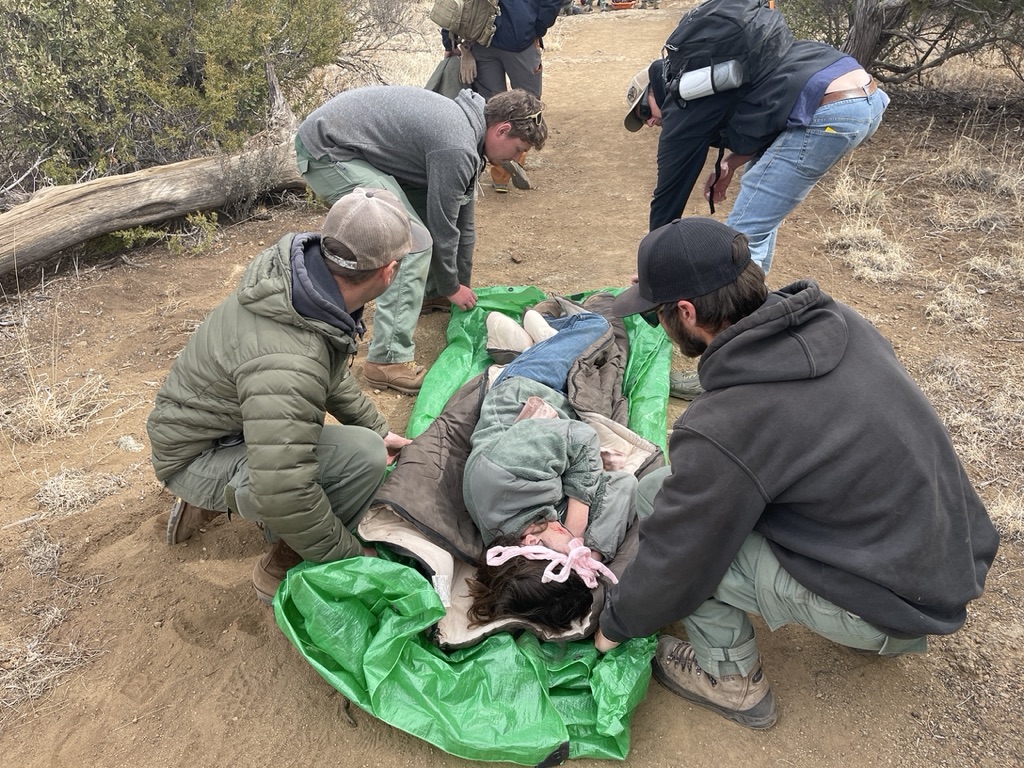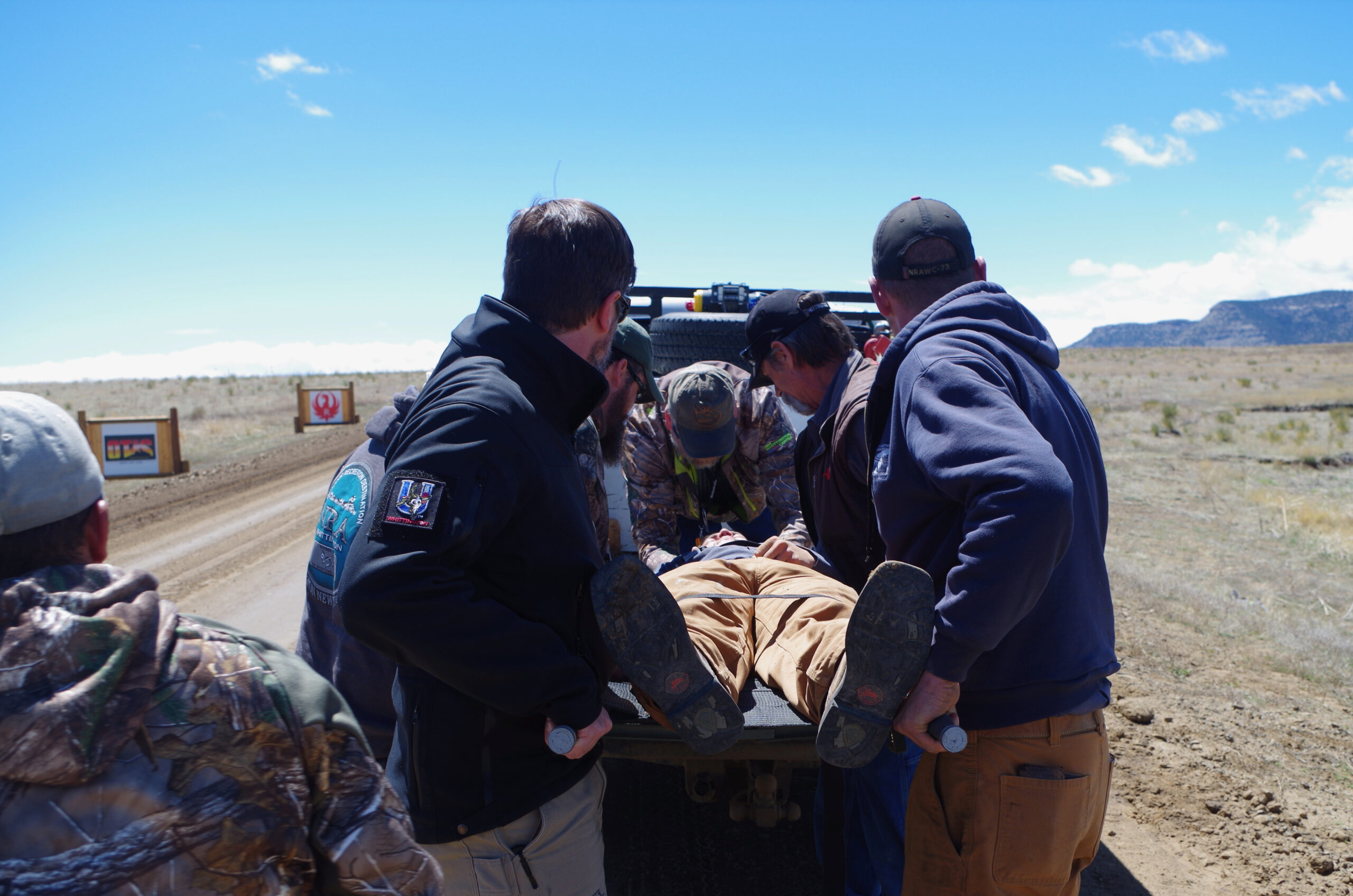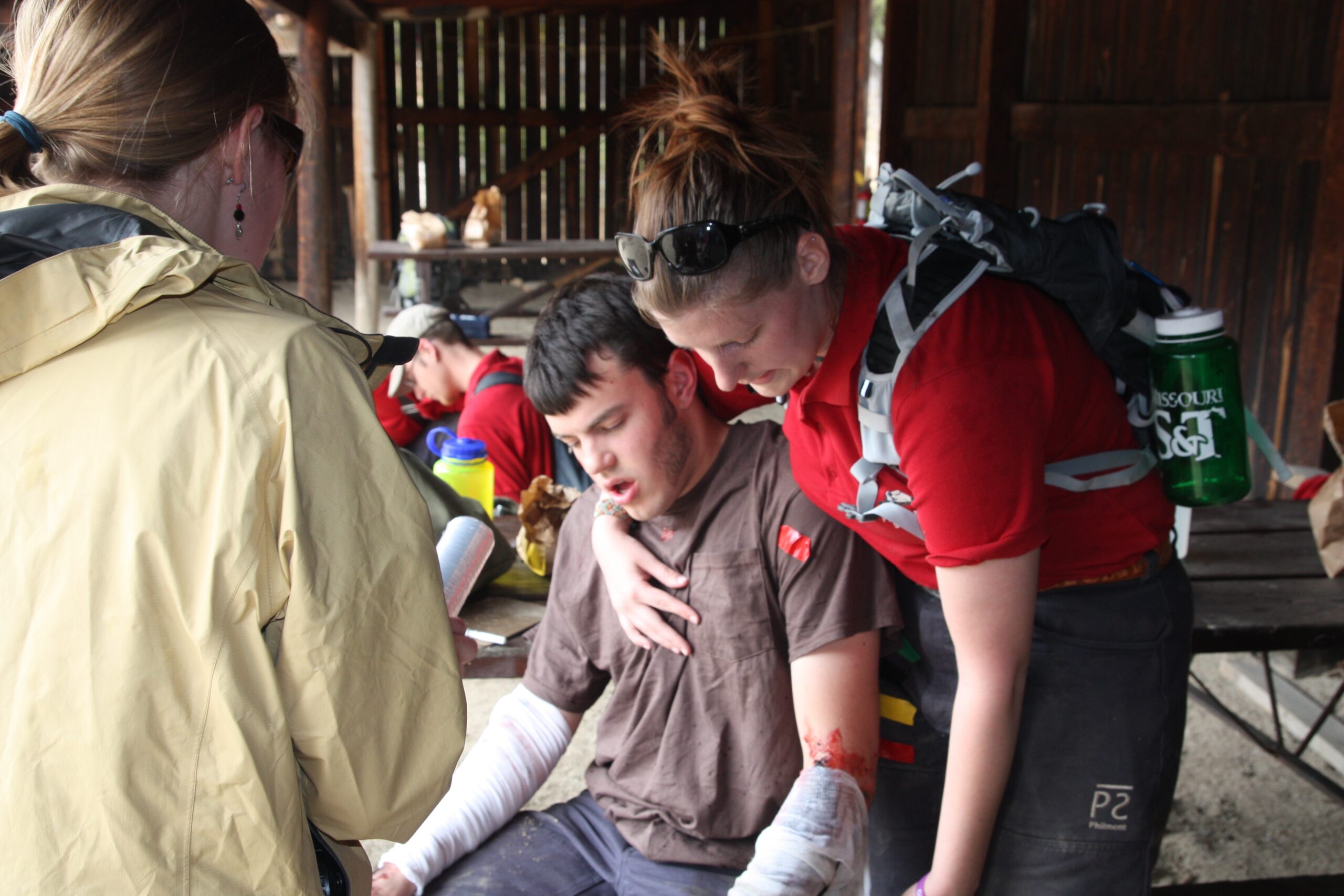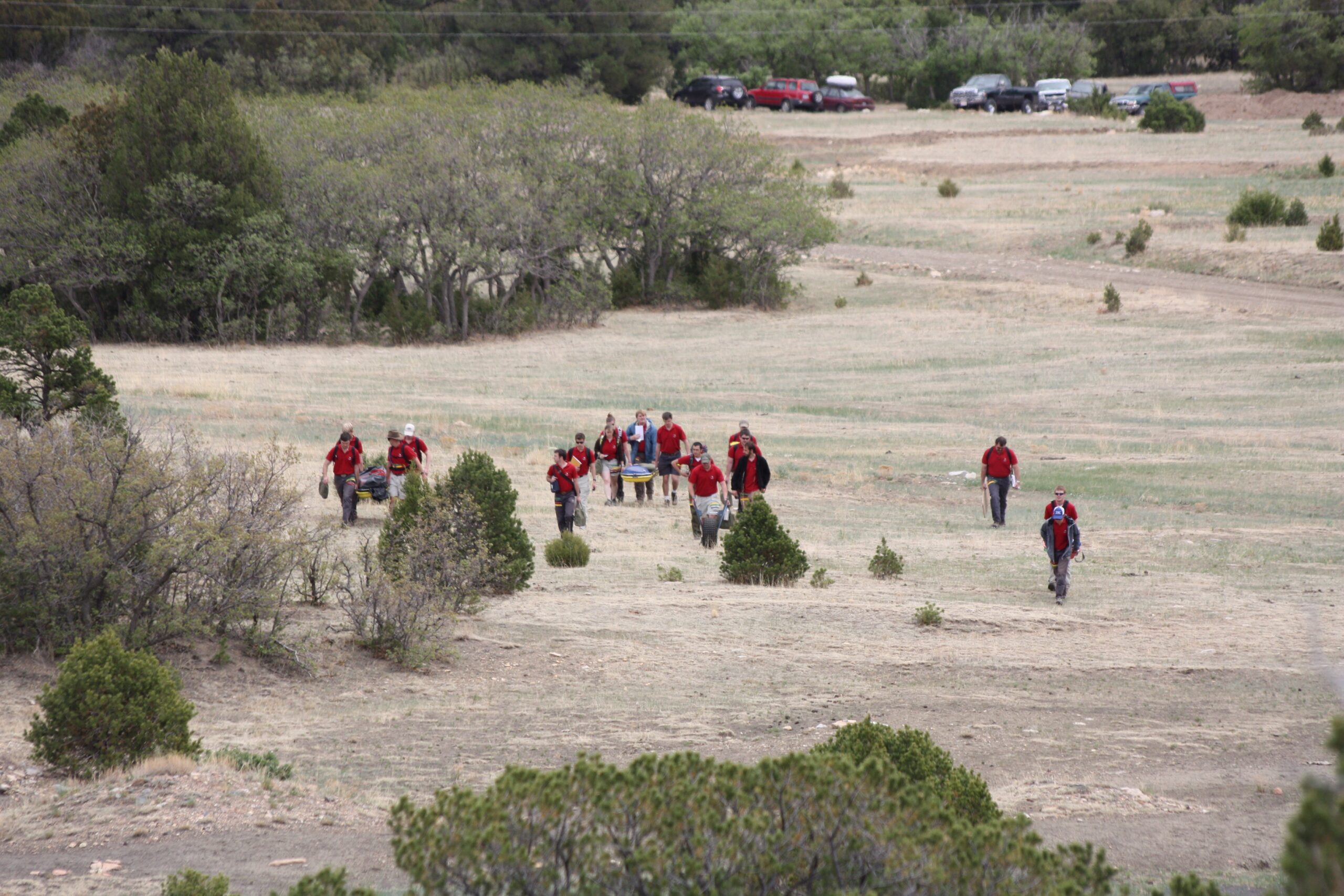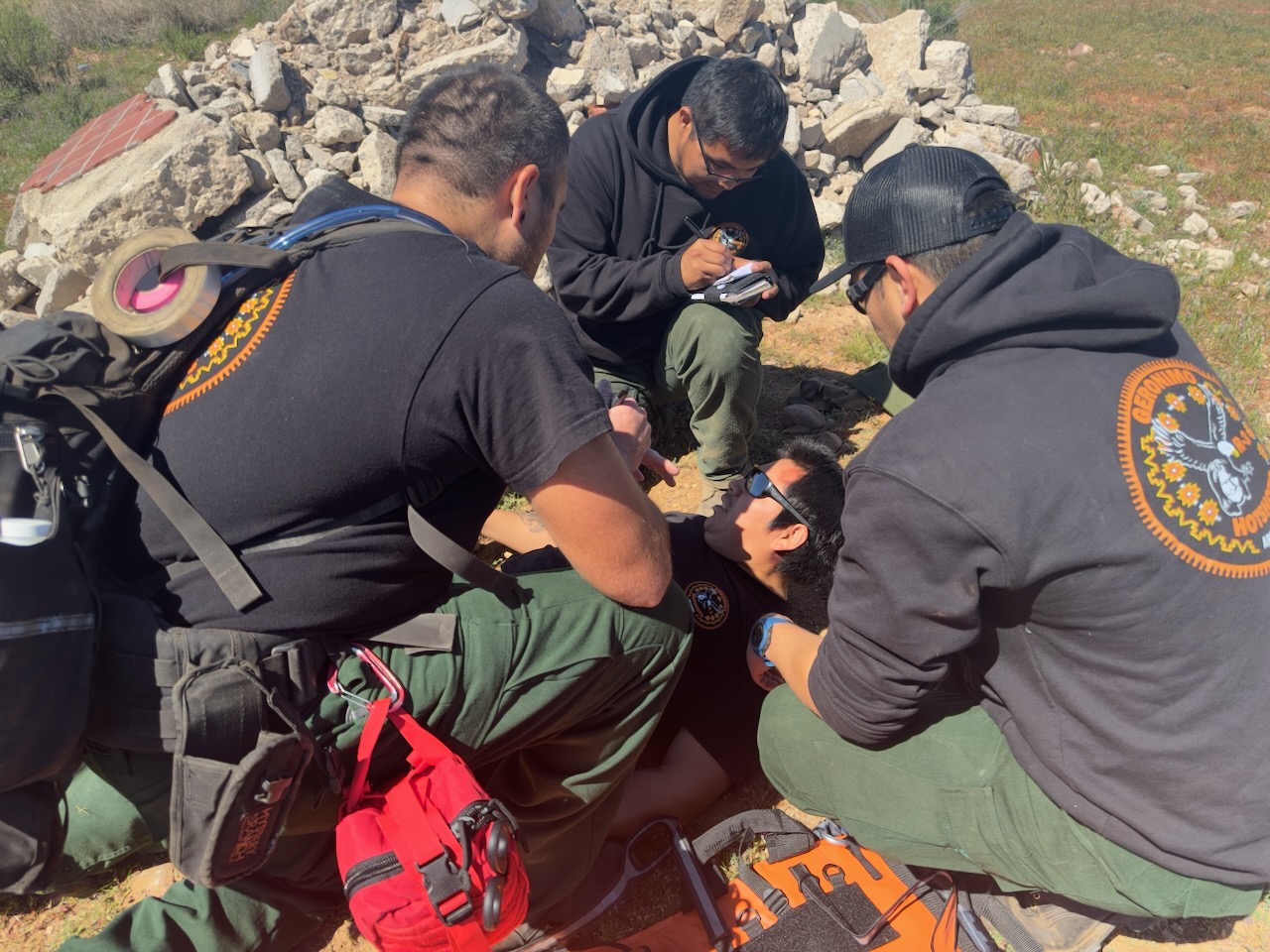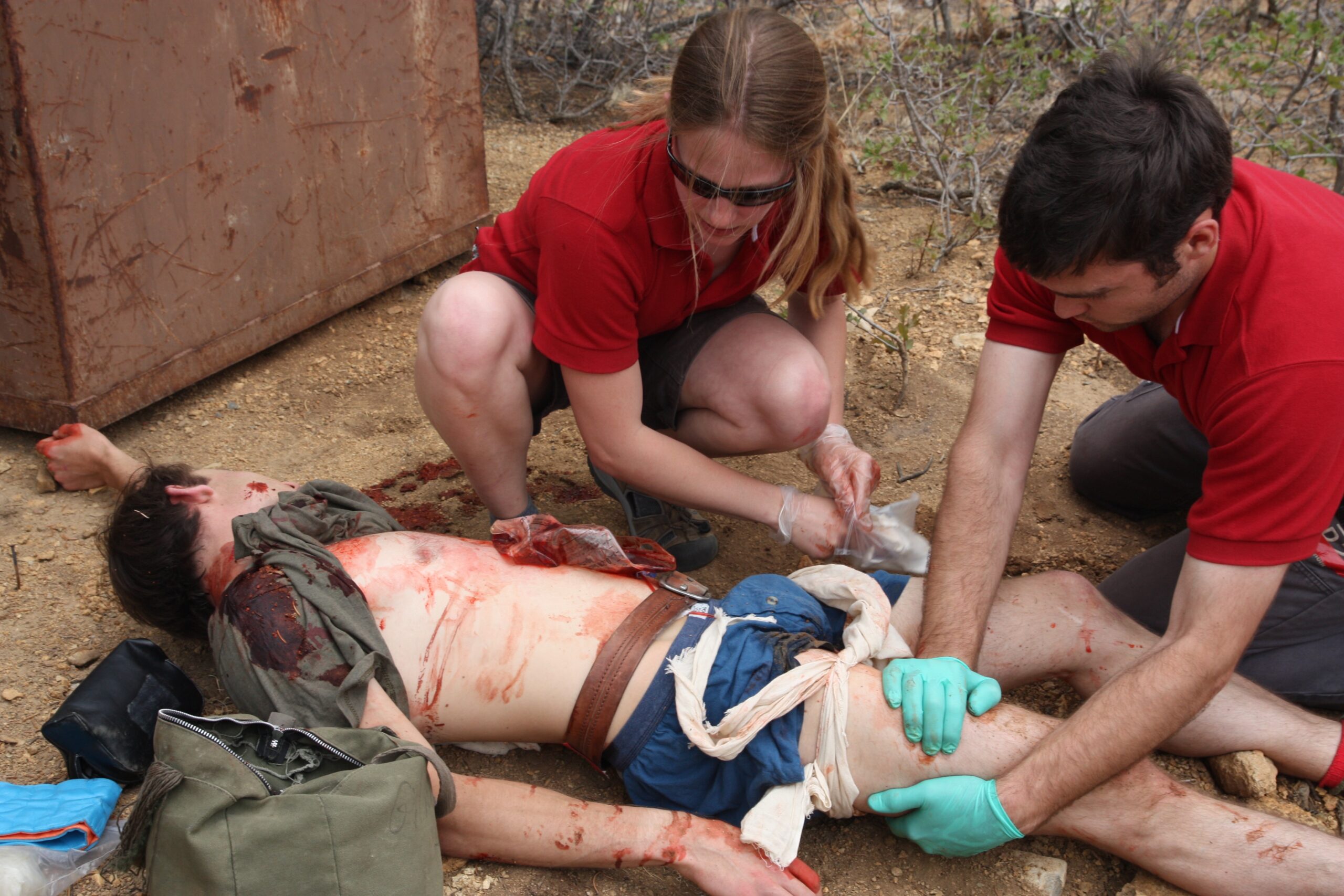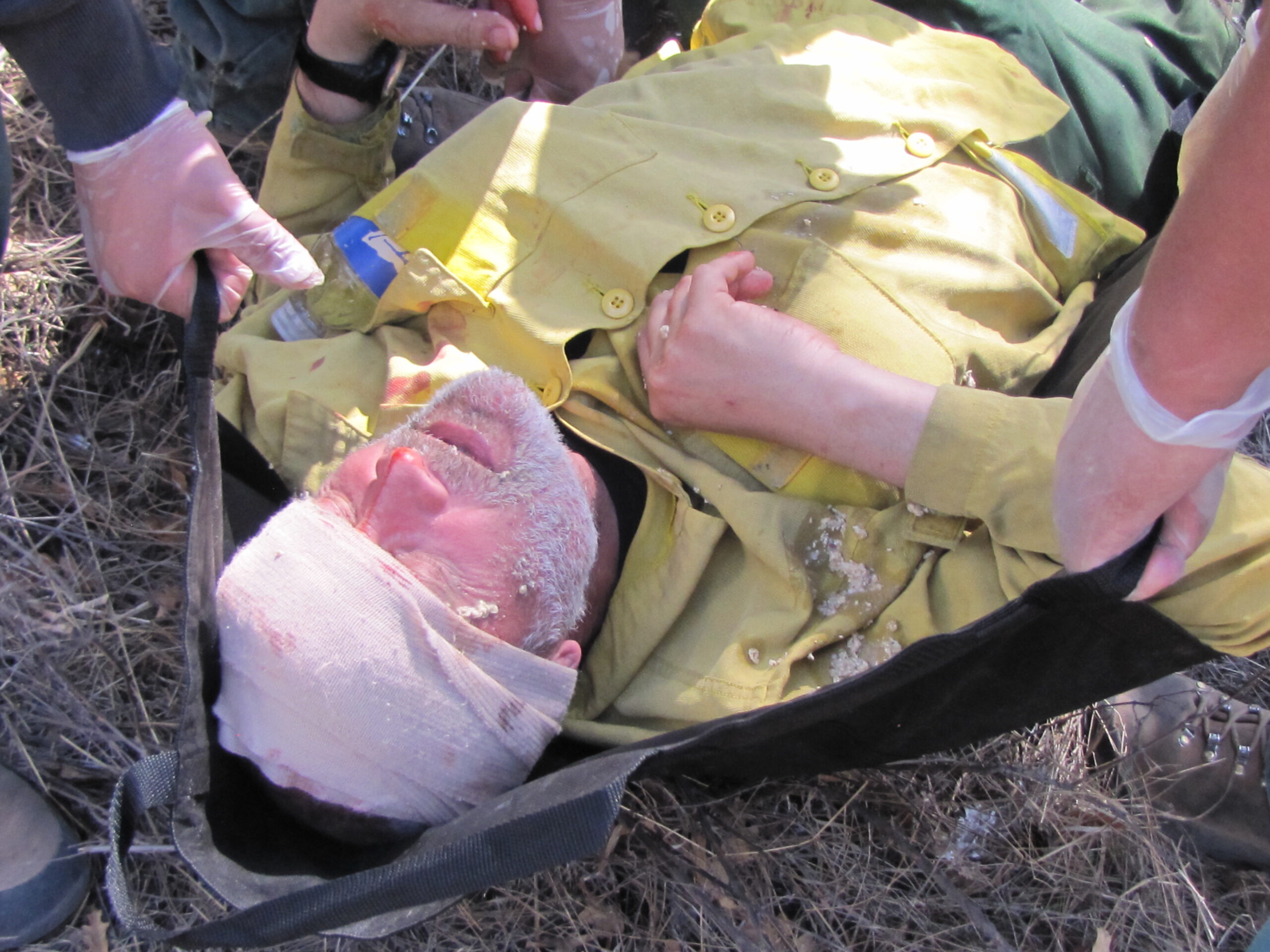Your cart is currently empty!

MEDICAL TRAINING
Lunatic Fringe
We teach bleeding edge medicine, backed by peer-reviewed research, science, and standards. All of our curriculum is reviewed by medical direction–doctors with years of experience running combat aid stations, high-volume emergency medical departments and teaching hospitals. Our instructors routinely attend training themselves to stay current.
Subject Matter Experts
All of our instructors are subject matter experts in the specific topics they teach. If the course is for wildland firefighters, the lead instructor will have spent time as a wildland firefighter. Law enforcement classes are taught by current/former LEOs. Our instructors know and understand the nuances of your industry.
Hands On Training
Our courses maximize hands on training. No one learns effective field medicine and patient assessment by staring at Powerpoints and text books. You will perform skills for a significant portion of class and will be expected to meet the standard to pass. We utilize high-fidelity simulations and scenarios to reinforce concepts and skills.

Wilderness Medical Associates International
WMAI Courses are taught by instructors certified by Wilderness Medical Associates International, and are taught using specific WMAI curriculum. These courses provide a certification issued by WMAI which is required by some organizations.

ETS Core Curriculum
At ETS, we take pride in offering top-notch medical training through our ETS Core program, designed to ensure our students receive the highest quality education in emergency medical response. Our curriculum follows the stringent guidelines set forth by the Wilderness Medical Society (WMS), ensuring that all our training methods and materials are up-to-date and aligned with industry standards.

